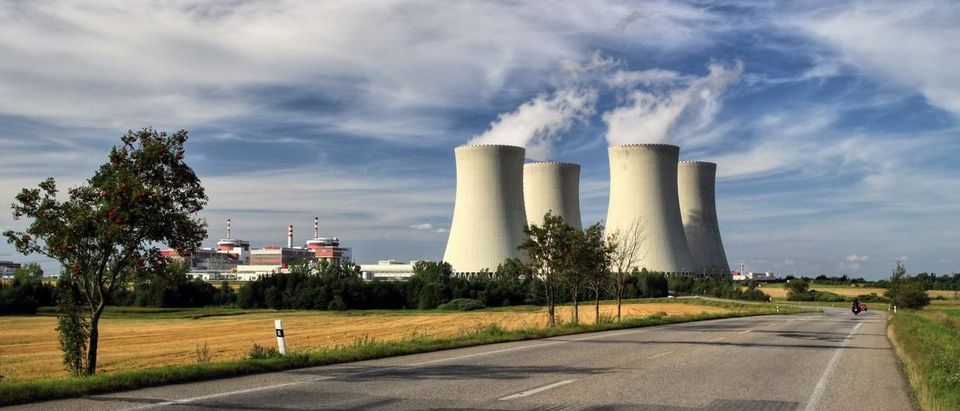Nuclear power plants in Great Britain are much more vulnerable to tsunamis than previously suspected, according to new research published Monday by Durham University.
Researchers found that the U.K. has previously been hit by giant ocean waves at least six times in the past 20,000 years, with some of them being at least 60 feet high. The enormous waves could potentially harm nuclear power plants.
Scientists originally thought that tsunamis on the island were only caused by relatively rare earthquakes, but they can also be triggered by much more common underwater landslides. The last time such a tsunami struck the U.K. was in 1607.
“If you plan for such events before you start building, you can protect against them,” Dr. David Tappin, a professor in the British Geological Survey, told The Sun. The scientists involved in the study have submitted their research to the British government.
For a nuclear plant situated very close to sea level, the sealed containment structure around the reactor itself can prevent any damage to the nuclear part from a tsunami. Other parts of the plant must be specifically designed to resist tsunamis, but British nuclear plants are not currently designed to handle them.
A combined huge magnitude 9.0 earthquake and powerful 130 foot high tsunami triggered the 2011 Fukushima disaster in Japan. At Fukushima, the turbine halls containing both the reactor’s backup generators were flooded, which led to the loss of the reactor, according to the World Nuclear Association. However, nobody died from the loss of the reactor and relativity little radiation was released.
Great Britain is planning to build several new nuclear reactors in Wales, which could be online by the mid-2020s. The reactors would generate up to 3,000 megawatts of electricity, supplying up to 7 percent of the U.K.’s electricity. The government claims the new reactors are essential for reducing carbon dioxide (CO2) emissions.
Reactors along the U.S. Atlantic coasts are less vulnerable to tsunami than Britain’s due to geology. However, many geologists believe that the Cascadia subduction zone off the coasts of Oregon and Washington is overdue for a major magntiude 9.0 earthquake comparble to the one that triggered Fukushima. The nuclear reactors in the area, however, were built to handle such an earthquake or tsunami.
America currently operates 99 nuclear reactors across 61 commercially operating nuclear power plants, according to the Energy Information Administration. The average plant employs between 400 and 700 highly skilled workers, has a payroll of about $40 million and contributes $470 million to the local economies, according to the Nuclear Energy Institute.
Despite the announcement, nuclear power has been on the decline in Britain, and the country has started decommissioning reactors to comply with environmentalist pressures. A 2012 YouGov poll showed 63 percent of U.K. respondents agreed nuclear reactors should be part of the country’s energy mix, up from 61 percent in 2010. Opposition to nuclear power fell to 11 percent from 15 percent.
Send tips to andrew@
All content created by the Daily Caller News Foundation, an independent and nonpartisan newswire service, is available without charge to any legitimate news publisher that can provide a large audience. All republished articles must include our logo, our reporter’s byline and their DCNF affiliation. For any questions about our guidelines or partnering with us, please contact licensing@dailycallernewsfoundation.org.


